Insights, Analysis and more
Feed your brain! Discover some mind-blowing facts and figures about dropshipping, ecommerce, digital marketing, social media and beyond.



Feed your brain! Discover some mind-blowing facts and figures about dropshipping, ecommerce, digital marketing, social media and beyond.



.avif)
Luxury fashion has always held a special place in the world of style and culture. In 2025, it’s no longer just about runways and red carpets—it’s a multi-billion dollar industry that influences everything from pop culture to social media trends. Whether it’s a Louis Vuitton monogram, a Hermès Birkin, or a Chanel tweed jacket, these names are more than brands—they're status symbols, investments, and works of art.
But which luxury clothing brands truly stand out this year? And why are they still so influential? Let’s break down the biggest luxury apparel brands in 2025 based on global market value, brand power, and what makes them timeless.
The global luxury fashion industry is currently valued at approximately $285 billion and continues to grow at a steady pace of about 4% annually. Rising demand from Gen Z and affluent consumers in Asia, the Middle East, and Latin America is reshaping the market. These new buyers are younger, digitally savvy, and more interested in experiences, storytelling, and sustainability.
In response, luxury brands have shifted their approach. They now blend heritage with innovation—launching limited drops, investing in virtual fashion, and engaging with influencers and celebrities to maintain cultural relevance.
Let’s look at the key players leading this evolution.
Explore the most influential luxury fashion houses leading the global market this year. From timeless icons to modern powerhouses, these brands define elegance, exclusivity, and cultural relevance in 2025.
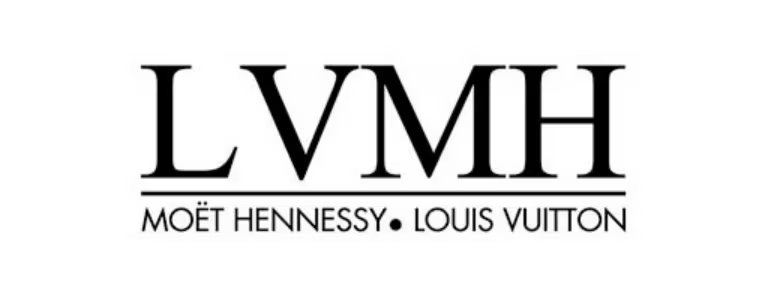
Louis Vuitton remains the most valuable luxury fashion brand in the world. Known for its monogrammed canvas and leather craftsmanship, it continues to dominate global rankings thanks to its timeless appeal, limited-edition releases, and consistent reinvention.
What makes Louis Vuitton stand out is how it merges heritage with modernity. Collaborations with artists like Yayoi Kusama and designers like Pharrell Williams have helped the brand maintain its cultural relevance without losing its identity.
Louis Vuitton isn't just a brand—it’s a lifestyle. From luggage to ready-to-wear collections, LV remains a benchmark for luxury in 2025.

Hermès is the quiet powerhouse of the luxury world. It may not chase trends or influencer campaigns as aggressively as others, but its appeal is deeply rooted in craftsmanship and exclusivity. Its Birkin and Kelly bags have waiting lists that span years, and its ready-to-wear clothing is praised for understated elegance.
In 2025, Hermès continues to grow thanks to its strong loyal customer base, limited production, and high resale value.
Hermès represents the pinnacle of "quiet luxury"—an aesthetic that’s more about refinement than recognition.
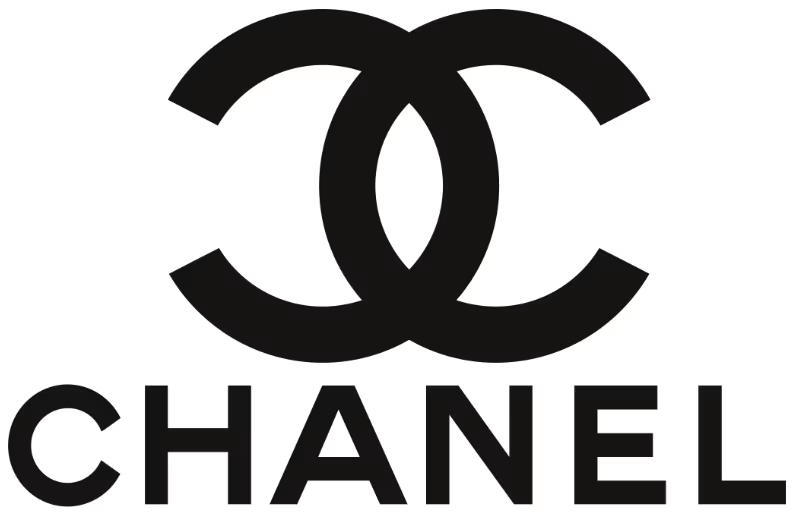
Chanel is synonymous with elegance, femininity, and legacy. Founded by Coco Chanel, the brand has redefined women’s fashion with icons like the little black dress, tweed suits, and quilted handbags.
In 2025, Chanel is thriving through a blend of heritage preservation and cultural engagement. Its fashion shows remain among the most anticipated in the world, and its seasonal ready-to-wear lines continue to sell out globally.
Chanel’s ability to stay both traditional and current is why it remains one of the most admired luxury brands worldwide.
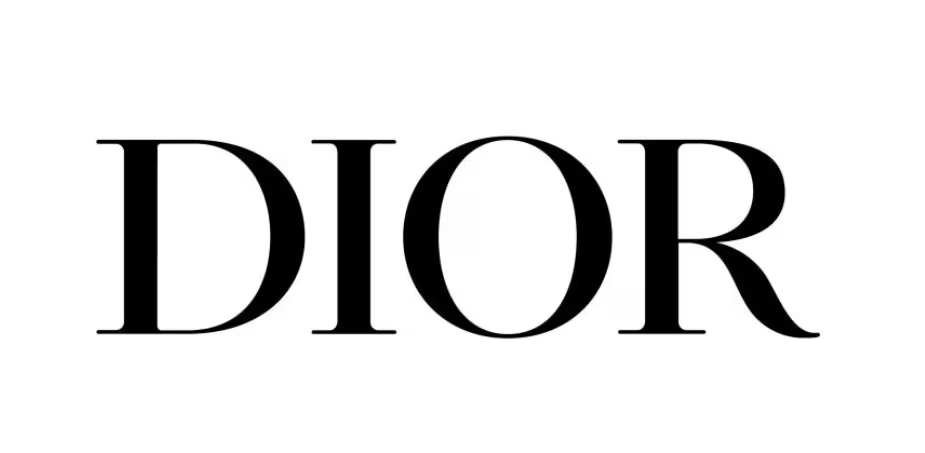
Dior continues to climb global rankings with strong growth across men’s and women’s categories. Under the creative direction of Maria Grazia Chiuri and Kim Jones, Dior has expanded its influence beyond couture into ready-to-wear, accessories, and even sneakers.
In 2025, Dior is recognized for successfully blending high fashion with streetwear influence, appealing to both older customers and younger luxury buyers.
Dior is one of the few brands managing to cater to both legacy clients and trend-driven shoppers without alienating either.
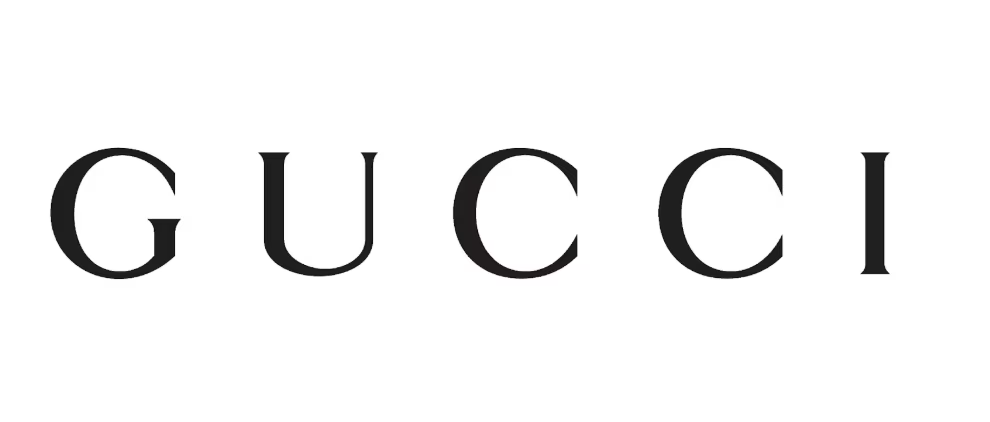
Gucci has undergone several transformations over the past decade, but its bold, maximalist identity remains at the core. With flamboyant patterns, retro influences, and celebrity endorsements, Gucci continues to command attention.
While some critics questioned the brand's overexposure in previous years, Gucci has recalibrated its design direction in 2025 to reflect more balance between fashion-forward and heritage pieces.
Gucci remains a favorite among younger consumers and celebrities, especially for those who want their fashion to make a statement.
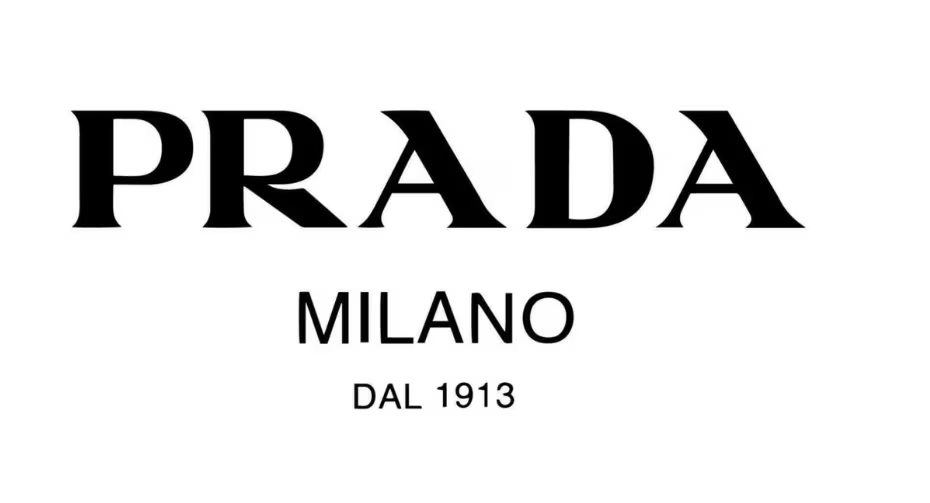
Prada is another heritage name that has made a strong comeback in recent years. With Raf Simons now co-leading design, the brand has introduced more minimalist, clean lines while maintaining the avant-garde appeal it’s known for.
Prada’s nylon bags and sporty silhouettes are trending once again, especially among Gen Z and millennial shoppers who value both function and form.
In 2025, Prada strikes a fine balance between utilitarian style and high fashion appeal.
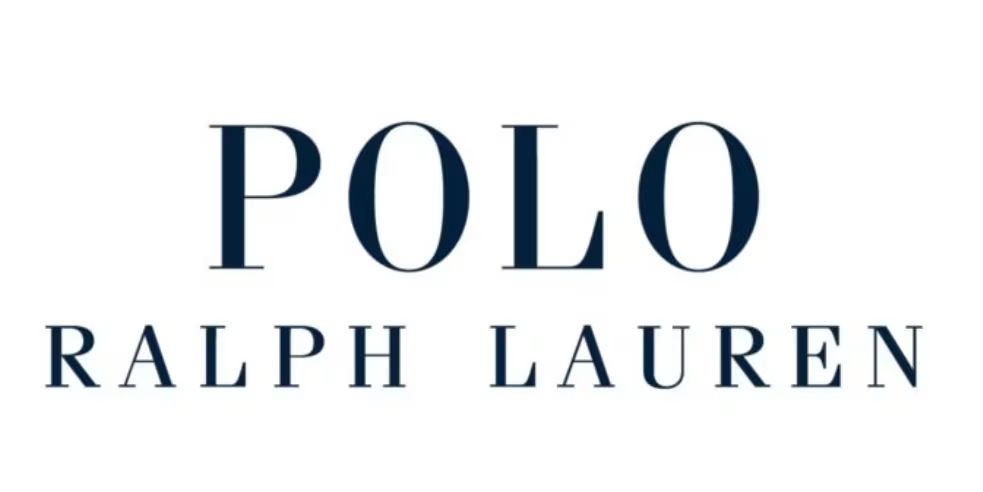
Ralph Lauren may be an American classic, but it still holds global luxury appeal. From polo shirts to tailored suits and eveningwear, it represents timeless Americana with a refined touch.
The brand has expanded in Asia and the Middle East, where its aspirational lifestyle image resonates deeply. It has also leaned into elevated branding, expanding its Purple Label and Collection lines to appeal to high-end shoppers.
It may not be the flashiest brand in 2025, but Ralph Lauren remains relevant through consistency and brand clarity.
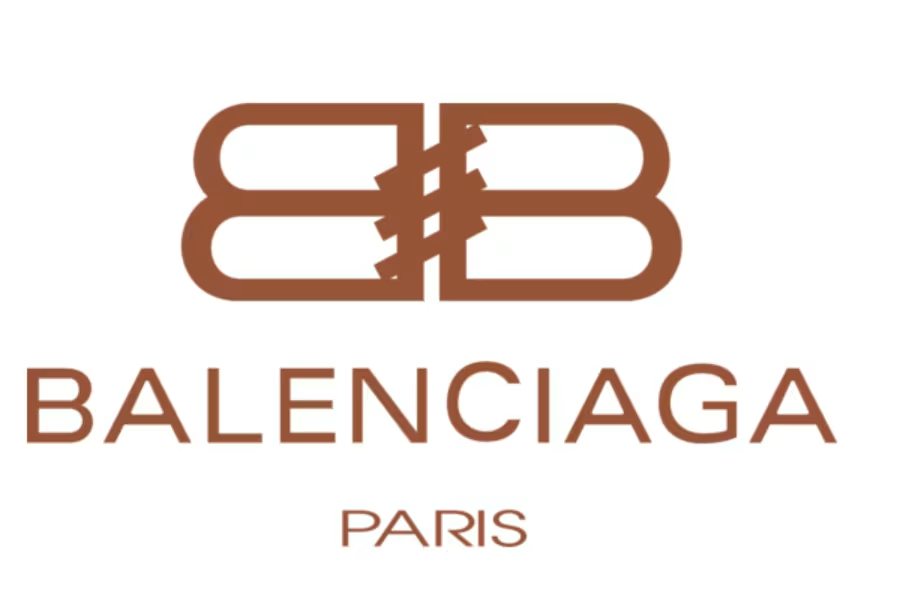
Balenciaga remains one of the most talked-about fashion houses of the last decade. Known for its boundary-pushing designs and often controversial marketing, the brand maintains relevance through cultural shock value and streetwear fusion. Its popularity among younger audiences and influencers keeps it at the forefront of fashion conversations.
In 2025, Balenciaga continues to experiment while scaling back slightly on overexposure. It’s focusing more on design substance and sustainability while maintaining its signature edge.
Despite criticism, Balenciaga thrives on disruption—and for many, that’s what makes it exciting.
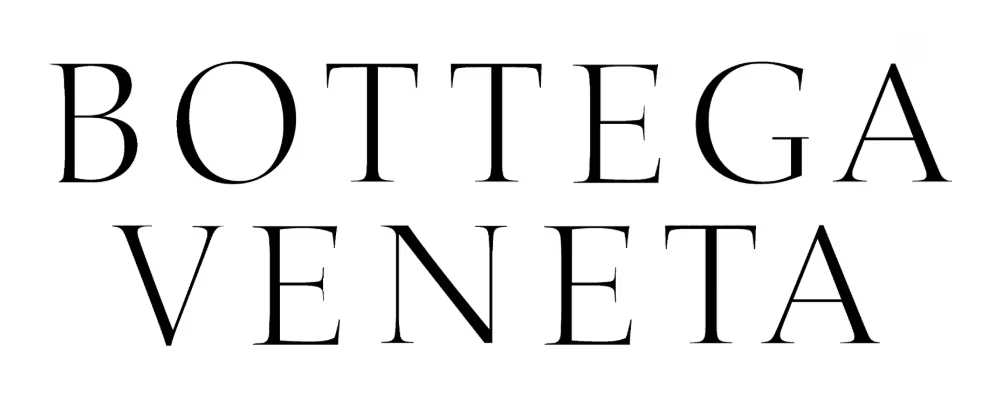
Bottega Veneta has earned a loyal following by doing the opposite of what most fashion brands do—it avoids logos, focuses on craft, and doesn’t rely heavily on celebrity endorsements. In 2025, it continues to embody the "quiet luxury" movement with its clean lines, neutral tones, and premium materials.
Its woven leather technique, known as “intrecciato,” remains a staple in accessories, while its minimalist ready-to-wear collections appeal to fashion purists who favor substance over hype.
Bottega is for those who want luxury that whispers, not shouts.
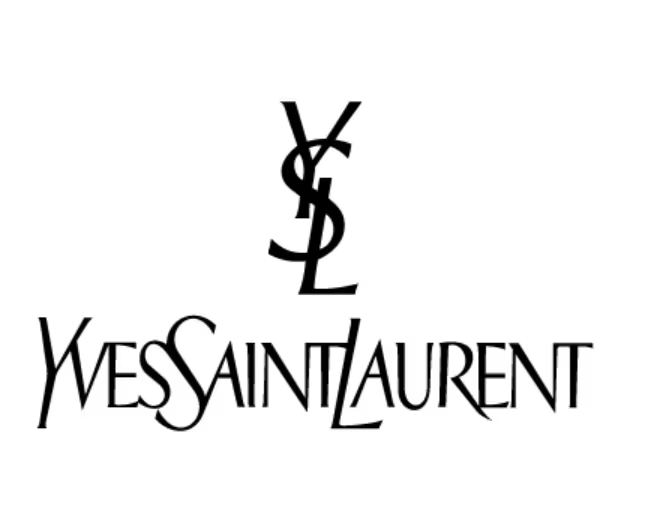
Saint Laurent continues to dominate the edgy side of high fashion. Known for its sleek black palettes, leather jackets, and sharp tailoring, YSL strikes a perfect balance between rock 'n' roll energy and Parisian elegance.
In 2025, the brand remains strong in the eveningwear and accessories category. Its bags, boots, and coats are highly sought after, particularly among celebrities and fashion-forward consumers.
YSL’s bold yet wearable pieces make it a favorite for those seeking fashion with an edge that never goes out of style.
Luxury in 2025 isn’t just about labels. It’s about how a brand makes consumers feel—exclusive, seen, and connected to something timeless. Whether it’s the handcrafted elegance of Hermès, the trend-savvy street appeal of Dior, or the ageless femininity of Chanel, top luxury brands are evolving to remain meaningful across generations.
They’re not just selling fashion—they’re selling identity, aspiration, and belonging. And that’s why the most iconic luxury clothing brands in 2025 continue to lead the pack, influencing everything from street style to digital fashion and global culture.